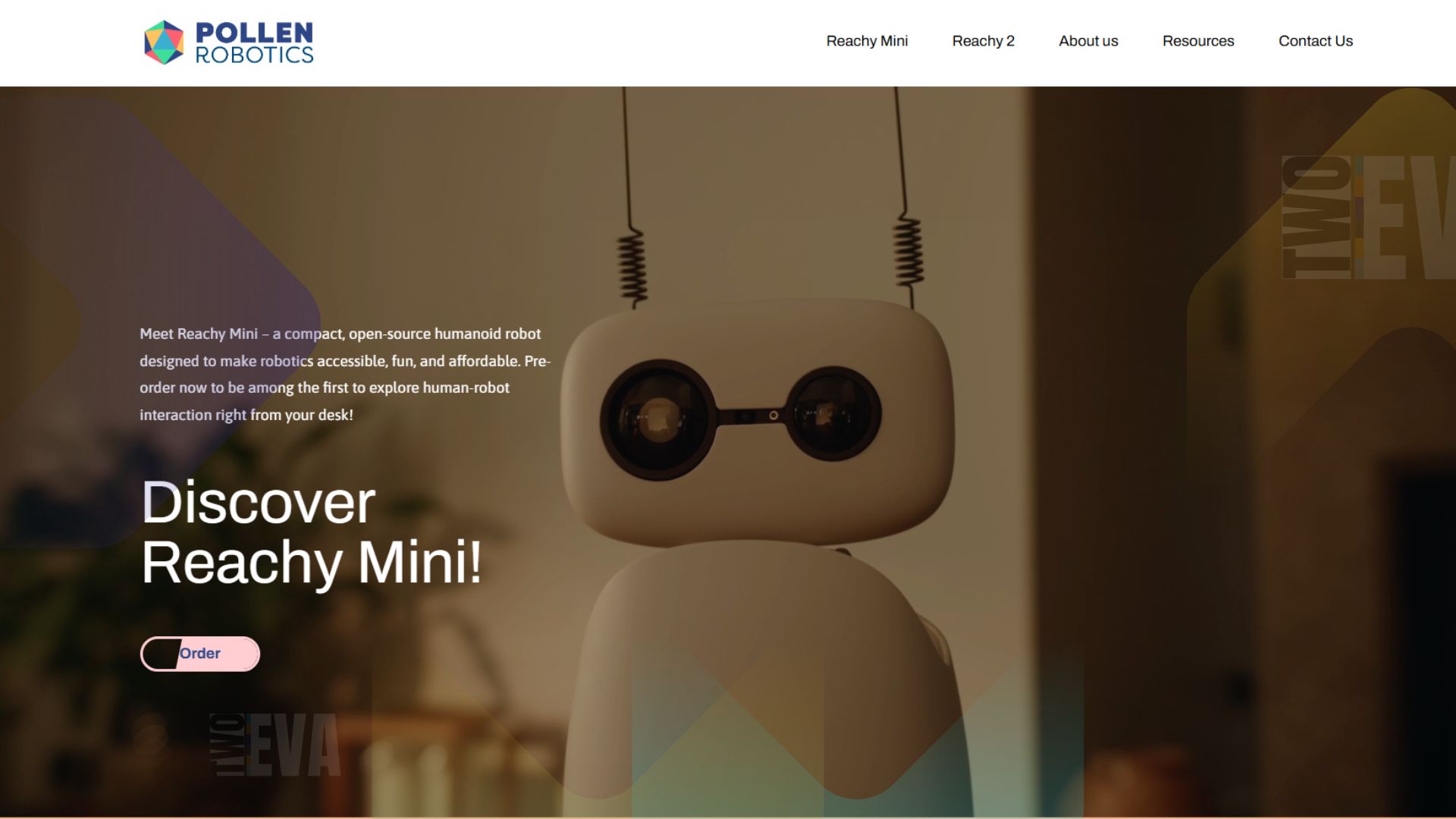After Acquiring Pollen Robotics, Hugging Face Opens Pre-Orders for Reachy Mini to Democratize AI-Powered Robotics
Hugging Face is making a bold leap into robotics with the acquisition of French startup Pollen Robotics, known for its open-source humanoid robot, Reachy. This strategic move follows Hugging Face’s earlier collaborations with Pollen Robotics and marks a significant expansion from its AI software roots into physical robotics hardware. Pre-orders for the Reachy Mini—an affordable, accessible desktop robot—are now open, signaling Hugging Face’s commitment to democratizing AI-powered robotics.
A Shift Toward Embodied AI
The acquisition integrates Pollen Robotics’ team of up to 30 employees, including founders Matthieu Lapeyre and Pierre Rouanet, into Hugging Face’s workforce. This merger combines Pollen’s hardware expertise with Hugging Face’s AI ecosystem, paving the way for advancements in “embodied AI”—where artificial intelligence interacts through physical machines rather than just digital systems.
Reachy Mini, alongside the flagship Reachy 2, positions Hugging Face at the forefront of accessible robotics. While Reachy 2 has been deployed in academic research at institutions like Cornell and Carnegie Mellon with a price tag of around $70,000, Reachy Mini is designed to be far more affordable, targeting educators, developers, and smaller research teams.
Two Versions, One Open-Source Goal
Hugging Face is offering two variants of the Reachy Mini:
- Reachy Mini Wireless ($449): Fully wireless, powered by a Raspberry Pi 5.
- Reachy Mini Lite ($299): Requires a wired computing connection but cuts costs almost in half.
Both models are modular, programmable in Python, and ship as DIY kits. They integrate with Hugging Face Hub, granting access to over 1.7 million AI models and 400,000 datasets. The company expects Reachy Mini Lite shipments to begin next month, with the wireless version arriving later this year.
Clém Delangue, Hugging Face’s CEO, told TechCrunch that user feedback shaped the decision to offer two versions. Early testers, including a five-year-old who wanted a portable robot, influenced the wireless option. “By the nature of it being open-source, people will be able to extend it, modify it, change everything they want,” Delangue said.
Why Robotics?
Hugging Face sees robotics as the next frontier for AI, a sentiment echoed by co-founder Thomas Wolf, who calls it a crucial step toward artificial general intelligence (AGI). Bringing AI into physical form allows developers to test real-world applications beyond simulations—an advantage Hugging Face hopes will spark rapid innovation.
The company’s open-source philosophy remains central. Reachy’s designs and software remain modifiable, ensuring collaboration across academia and industry. Hugging Face’s robotics division, led by Remi Cadene (formerly of Tesla’s Optimus program), underscores the seriousness of this pivot.
The Big Picture
With Pollen Robotics’ integration and Reachy Mini’s launch, Hugging Face isn’t just entering the robotics market—it’s reshaping participation in it. Lower costs and open access could accelerate AI-robotics research far beyond traditional labs, potentially bringing embodied AI into homes, classrooms, and small businesses sooner than expected.
Given Hugging Face’s track record—leveraging open collaboration to scale AI models—this move may very well follow suit, making advanced robotics less exclusive and more a tool for mass experimentation and innovation.







